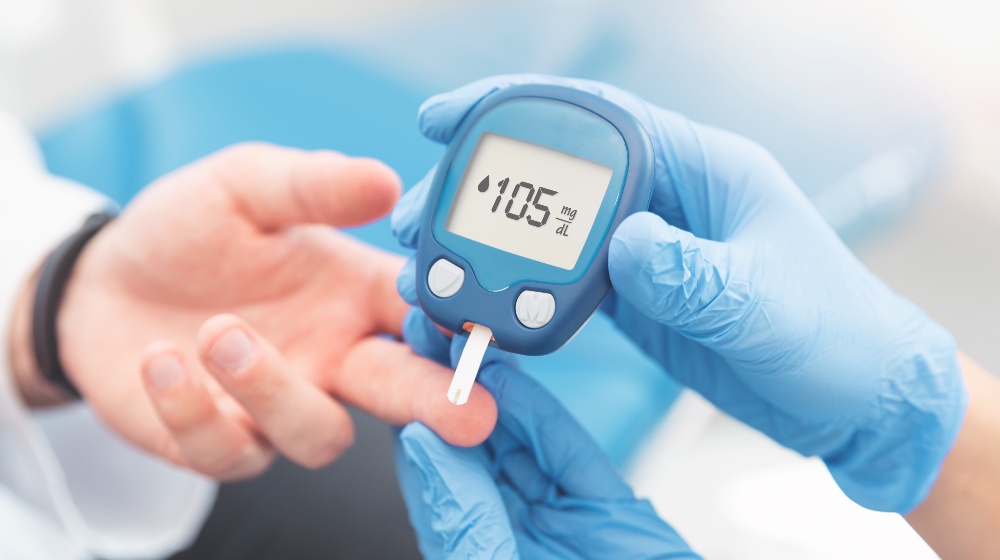Blood sugar pertains to the amount of glucose in your blood, and it isn't healthy if it's elevated. In this article, we'll discuss normal blood sugar levels, and how to reduce them.
RELATED: How To Control Your Blood Sugar | Bulletproof Radio [LISTEN]
Techniques to Control Blood Sugar Spikes Naturally
Click here to jump to the infographic.
What Is a Good Blood Sugar Level?
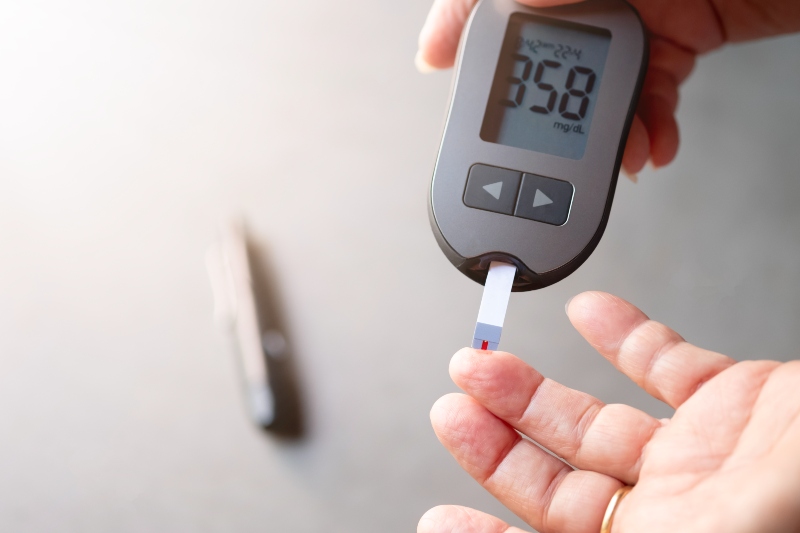
Your blood glucose level varies depending on the amount of sugar you have in your bloodstream. It also changes throughout the day, whenever you fast or eat, and after you've just eaten.
Based on the American Diabetes Association, the healthy blood sugar level is less than 100 mg/dL. This is if you underwent fasting for at least eight hours. This is applicable to all individuals without diabetes, regardless of age.
After eating, your blood sugar can increase up to 180 mg/dL. Keep in mind that this happens even though you're fit. However, it should go down to below 140 mg/dL two hours after your last meal. This is still considered normal.
On the other hand, a reading beyond 200 mg/dL suggests diabetes. In addition, a blood sugar level between 140 and 199 mg/dL signals prediabetes.
Why Does Blood Sugar Increase?
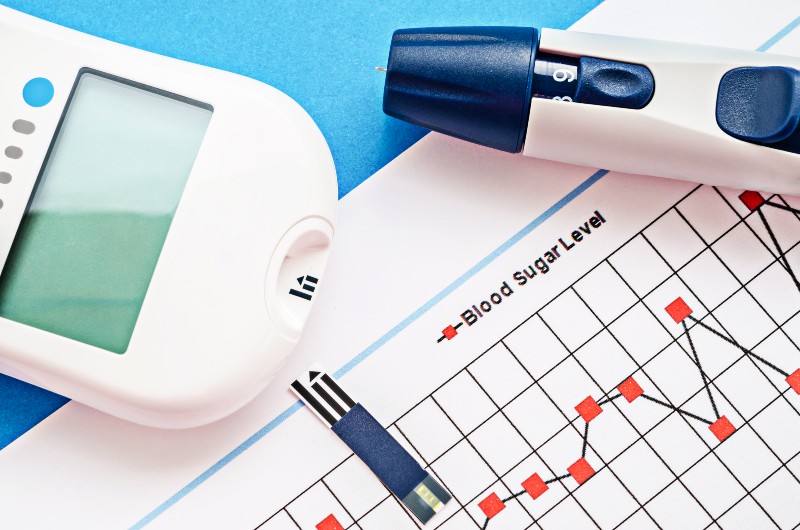
There are various reasons why your blood sugar can be unusually high, even though you're in good shape:
- Your meals are high in “bad” or simple carbohydrates: If chips, pastries, pasta, white rice, and desserts are among your favorites, chances are your blood sugar will rise. These are refined carbs that have already been cleared of all nutrients and fiber.
- You're overweight: Too much weight increases your risk for insulin resistance, a condition wherein your body doesn't respond well to insulin.
- Your diet is low in fiber: If you're not eating enough fiber, it can result in a spike in your blood glucose, weight gain, and insulin resistance.
- It's in your genes: Your blood sugar may be elevated if someone in your family has the same condition.
How Do You Feel When Your Blood Sugar Is Too High?

If your blood glucose is extremely high, also called hyperglycemia, your urine may contain exceptionally high amounts of sugar. Additionally, you may feel the following symptoms:
- Tiredness
- Abdominal pain
- Difficulty concentrating
- Headache
- Fast heart rate
- Nausea and vomiting
- Blurred vision
- Dry mouth
- Dyspnea or shortness of breath
- Hunger
- Frequent urination
- Excessive thirst
Gradually, this condition may cause harm to your tissues, organs, nerves, and blood vessels, as well as reduce your immune response. This can result in slow healing of your wounds and cuts.
On the other hand, if your blood glucose is dangerously low, also known as hypoglycemia, you may experience:
- Weariness
- Hunger
- Speech disorder
- Anxiety
- Nausea
- Shaking and tremors
- Dizziness
- Sweating
- Confusion
- Weakness
Both hyperglycemia and hypoglycemia may lead to diabetic coma. It's a life-threatening diabetes complication and medical emergency that can result in unconsciousness.
How Do You Test Your Blood Sugar Levels?

You may have to look into your blood glucose levels multiple times a day, especially if you have diabetes. These include before eating, working out, or driving, during bedtime, and when you feel any symptoms indicated above.
Here are some ways to check your blood glucose:
- Continuous Glucose Monitoring (CGM) System: These gadgets are also known as interstitial glucose measuring devices. They're integrated with insulin pumps. They're also like finger-stick glucose monitoring and can gather results automatically.
- By pricking your finger: In this method, you pierce your finger using a small needle, known as a lancet. Afterward, you place a drop of your blood on a test strip. Then, you put it into your meter to determine your blood glucose levels.
Remember to keep records of your test results, as these can signal any problems, patterns, or trends. These also enable your physician to advise necessary changes in your diet and medication to control those levels and help prevent diabetes complications.
RELATED: 11 Foods Everyone with Diabetes Should Keep in Their Kitchen
How Do You Lower Your Blood Sugar?
1. Lessen Your Carb Intake
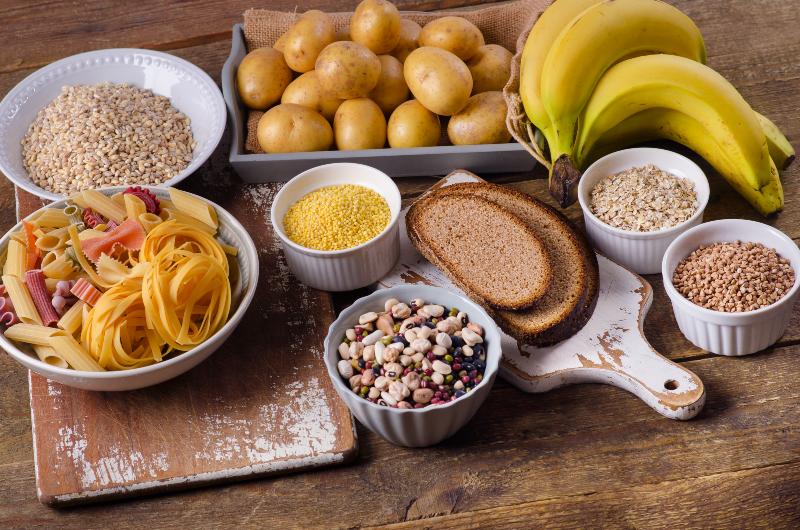
Your body breaks down carbohydrates into glucose. Then, your hormone insulin aids your body in utilizing and keeping this sugar as fuel for your energy.
However, when you have excessive carbohydrate intake, this procedure becomes unsuccessful. This gives rise to your blood sugar levels.
Fortunately, there are ways to manage this problem. For instance, you must pay attention to the carbs you eat by knowing how many of them your body really needs. With this, you can plan your diet accordingly and prevent blood sugar fluctuations.
You need some carbs in your diet, but if you have diabetes, you must limit its amount to around 50% of your daily calories. This means that if you consume 1,800 calories per day, your carbs should amount to only 800-900 calories.
It's important to note that carbs aren't only present in pasta, bread, and potatoes. You can also find them in sweets, vegetables, fruits, and dairy, so keep an eye on these food items as well.
2. Develop a Regular Eating Schedule

If you think that skipping meals is a healthy way to lose weight, think again. Going too long without food can make your blood sugar fall and may lead to trembling and extreme hunger.
To avoid these from happening, you have to schedule your meals. This way, you can maintain a consistent energy level throughout the day.
Eat every three to four hours so you can stabilize your blood glucose. This also helps suppress cravings and overeating, which can result in dyspepsia or a bloated stomach.
Additionally, you have to stay hydrated to maintain your blood glucose levels within the normal range. With this, you're also helping your kidneys clear out the extra sugar through urination. In fact, a study shows that drinking more water lessens the risk of developing high blood glucose.
Remember to stay away from sugar-sweetened drinks, such as soda and juice, as these can increase your weight, blood sugar, and risk for diabetes. You may also opt for unsweetened tea to quench your thirst.
3. Keep a Healthy Weight
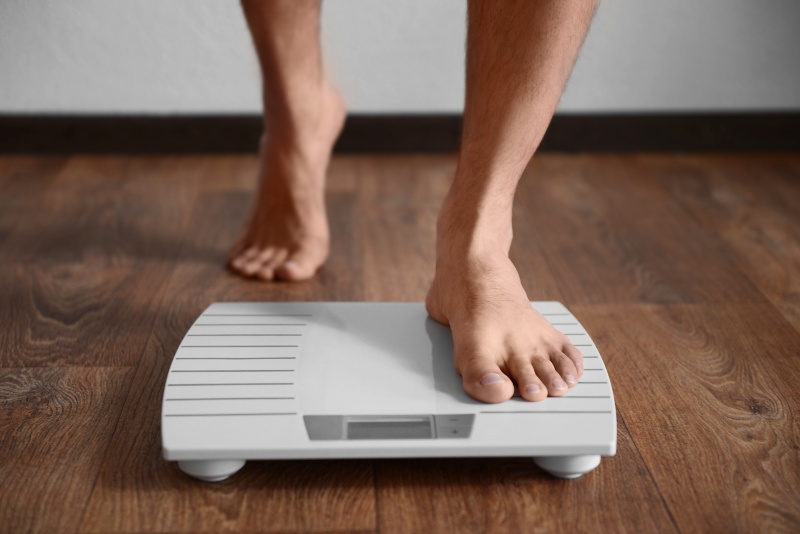
Maintaining a moderate weight enhances your health, including your blood glucose levels. As a matter of fact, a 7% loss in your weight can already lessen your chances of developing diabetes.
One critical factor that you must keep track of is your waistline. The midsection must not exceed 35 inches for women and not higher than 40 inches for men.
You may do the following steps to lose weight:
- Start exercising: Physical activity enables your muscles to make use of the sugar in your blood for energy. Try weightlifting, swimming, dancing, brisk walking, running, hiking, and biking for at least 30 minutes.
- Control food portion: Estimate serving sizes by using a food scale and measuring cups. You may also use smaller plates when eating and fight the temptation to dine in eat-all-you-can restaurants.
4. Boost Your Dietary Fiber Intake
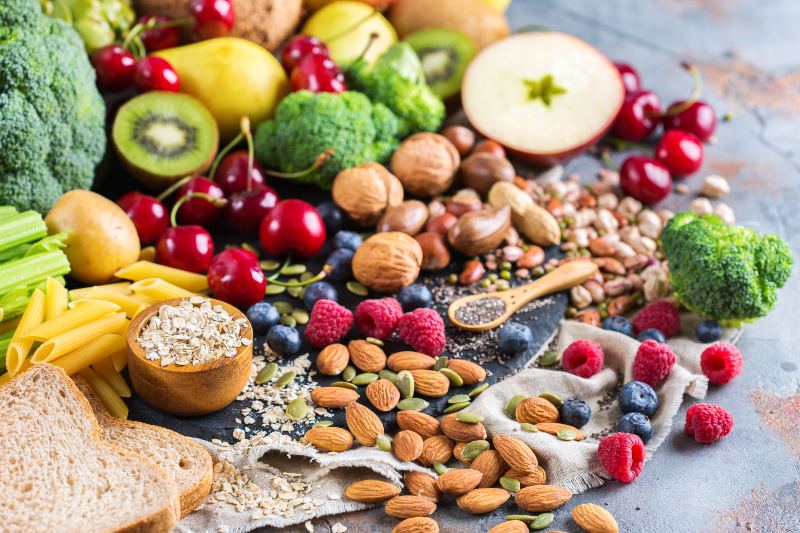
Unlike carbohydrates, filling up on fiber won't be an issue. Increasing your fiber intake doesn't only lessen the spikes in your blood glucose, it can also make you feel and stay full.
Although there are two types of fiber — soluble and insoluble, the first kind has been shown to boost blood glucose regulation.
High-fiber foods include:
- Legumes (lentils, beans, chickpeas)
- Fruits
- Vegetables
- Plant foods (whole grains, raspberries, peas)
Make it your goal to have around 38 grams of fiber (for men) and 25 grams (for women).
Here’s an infographic guide. Don’t forget to download, save, or share this handy infographic for reference:
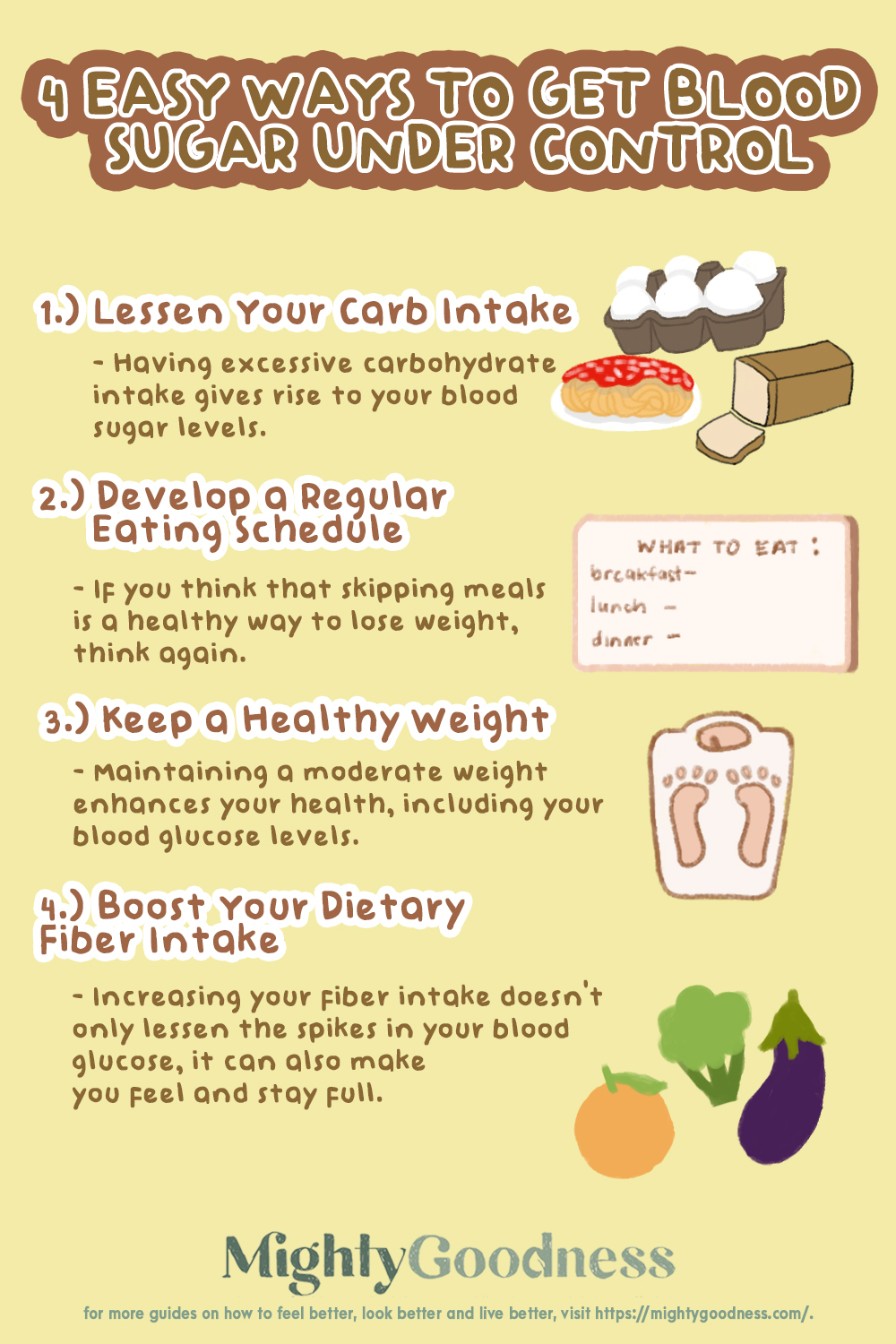
If your blood sugar levels increase to more than 250, there are methods you can perform to bring them down quickly. Watch this video by SugarMD, as Dr. Ergin, an endocrinologist, teaches strategies on how to lower blood sugar in two hours:
Managing your blood sugar levels must be part of your long-term goals to prevent serious health problems and complications. Follow these methods so you can take your condition under control.
What other ways can you bring your blood sugar levels down? Please share your thoughts with us in the comment section below!
Up Next:
- 17 Foods to Lower High Blood Pressure Without Medication
- 11 Essential Oils For High Blood Pressure
- Testicular Cancer Survivor, Matt Ode, Shares His Story of Hope, Purpose, and “Winning the Day” [PODCAST]
Calling all Health Buffs! If you’ve got the gift of keeping healthy and sharing this knowledge through writing, click here if you want to write for us.
Please stay connected with us on Facebook, Twitter, Instagram, and Pinterest, and make sure to join our community of healthy living and minded people here.
Trending
Tongue Color | 7 Scary Tongue Color Meanings
Lecithin Benefits and Side Effects: 10 Surprising Truths
Get Updates
SIGN UP FOR OUR NEWSLETTER TODAY

Tongue Color | 7 Scary Tongue Color Meanings

10 Erectile Dysfunction Exercises to Keep Your Manhood Healthy

Related

Tongue Color | 7 Scary Tongue Color Meanings

